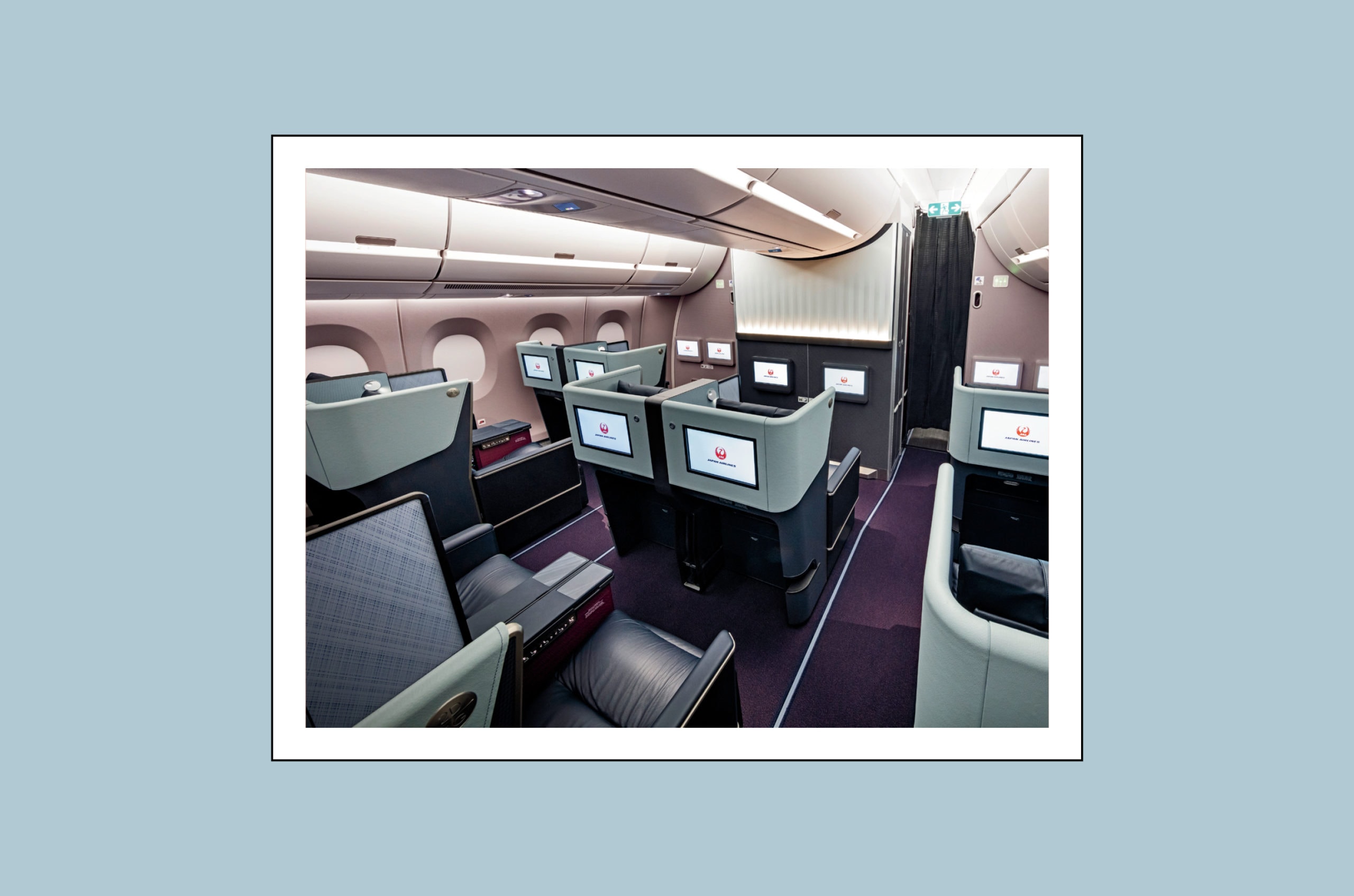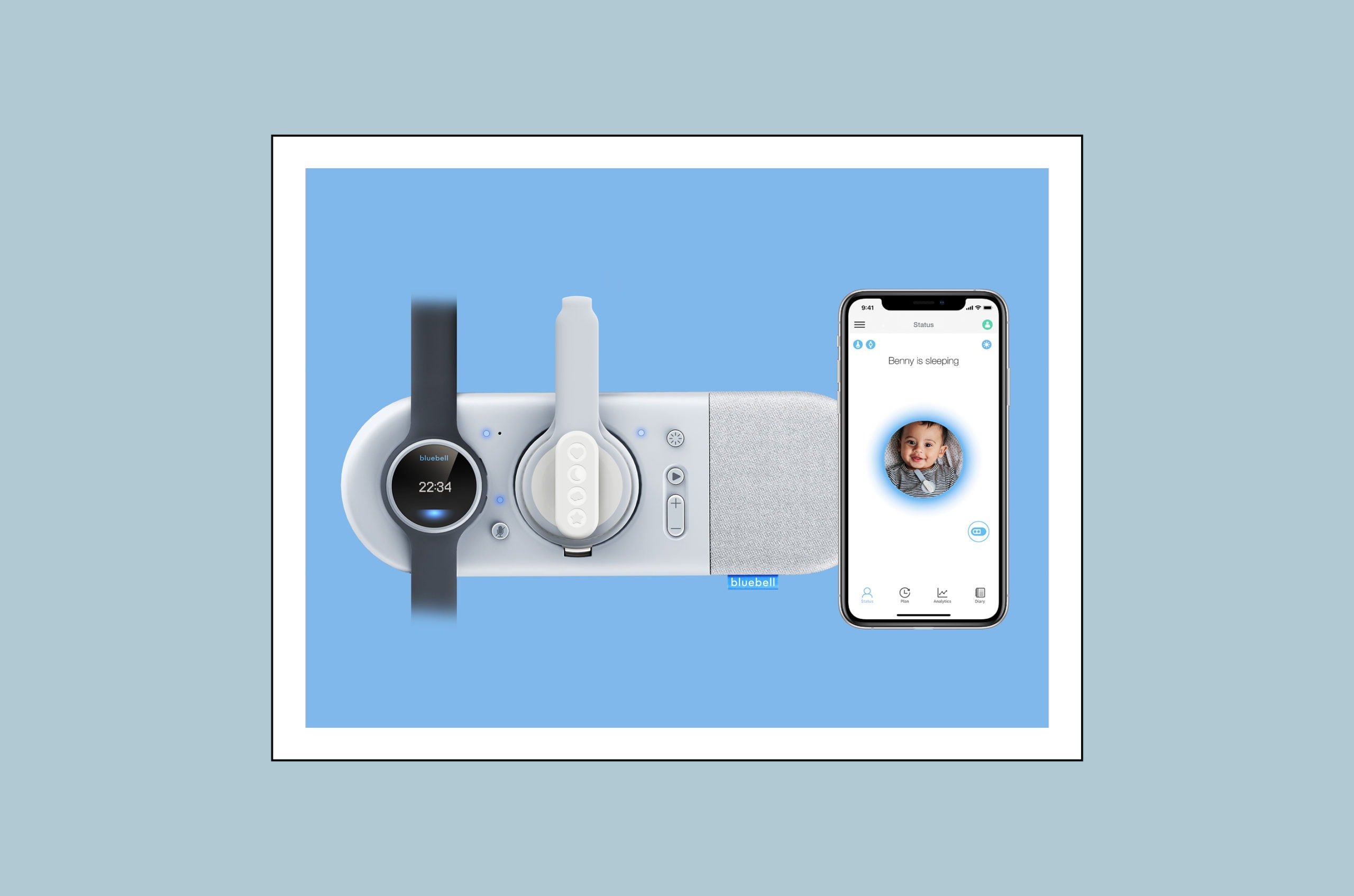According to Tangerine, Good Design Boils Down to One Thing: Making Things Better
Share

In It Takes Ten, leaders from 10 of the industry’s top design houses share their thoughts on the creative process, sources of inspiration and the many diverging strategies that guide their work. In this section, tangerine discusses trying to make things better.
After stints at Moggridge Associates in London and ID Two in the Silicon Valley (now both IDEO), Martin Darbyshire set out to establish tangerine in the spare room of his North London home with a former coworker. Their first client was a company called Commtel that sold cordless phones.
Fast-forward and tangerine has been around for 31 years, moved out of domestic quarters and been at the helm of major redesigns for Japan Airlines, Gulf Air and others. Darbyshire’s co-founder, Clive Grinyer, has moved on, but there’s someone else from Darbyshire’s early days who has had a lasting influence: “My experience of working for Bill Moggridge [co-founder of IDEO] in the early 1980s was seminal in shaping me for life,” he says. “Bill, who is credited with the design of the world’s first laptop, always looked to the future, thinking about how design could bring fundamental change to make things better.”
The desire to use design as a tool for betterment is obvious in a lot of what tangerine has accomplished. Looking back to 1998, it meant improving the passenger experience by delivering the world’s first fully lie-flat bed in business class, and in the future, it may entail using one of its designs from the non-aviation sector, the Bluebell smart baby monitor, to help adult children take care of their elderly parents – an idea Darbyshire refers to as a dream project.

This aspirational outlook is shared by Matt Round, the studio’s chief creative officer. Round first made his mark on cabin comfort 20 years ago, when he entered the industry straight out of the furniture world and realized that aircraft seats were being made too high, putting unwanted pressure on passengers’ legs. “Imagine my reaction when I first entered the aviation industry, to discover that electronics boxes were given priority over human comfort,” Round says. After conducting significant ergonomic research, a new product with his proposed seat geometry hit the market, and passenger comfort scores soared.
When it comes to making things better in the airline industry today, reducing environmental impact is the obvious trajectory. Emma Partridge, the firm’s head of CMF, says some suppliers are doing better than others when it comes to delineating their sustainability policies, but progress is being made with simplified processes, weight reduction, the adoption of water-based products and increased recycling. “Many are now striving for a cradle-to-cradle method,” Partridge says.
For himself, Darbyshire is excited about the work of two British companies: Cecence, which is developing a composite for lightweight, low-part-count economy seatbacks with an eye to sustainability, and Luxfer MEL Technologies, which in addition to bringing bio-absorbable magnesium implants to the human body, is receiving wider adoption in the aircraft cabin. Darbyshire calls them both “innovators” – a term he employs judiciously. “Nowadays, ‘innovation’ is used so casually. Everyone claims that what they are doing is ‘innovative,’ but is it really?” he wonders. “I am not convinced.”
“It Takes 10” was originally published in the 10.2 April/May issue of APEX Experience magazine.


